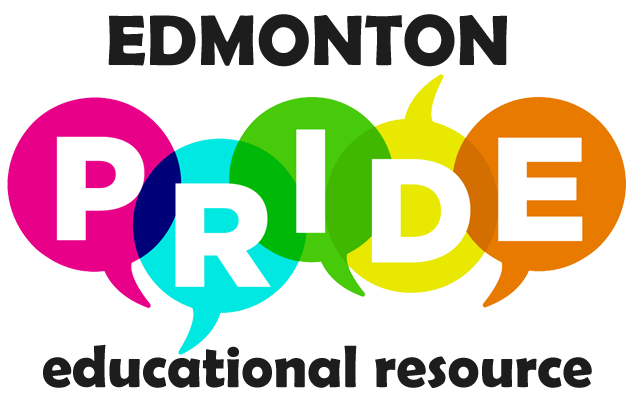Nowadays, several transgender people have to deal with harassment, discrimination, and racism from the rest of the world. This poses a question: how is a transgender teacher expected to comfortably teach their students with such realities? Hiding behind laptops in video classes can not be the way to go. What can the schools around can do to create a non-threatening or friendly environment for their transgender educators?
In this article, we will be answering these questions as you read along. It should be noted that treating trans educators with the same respect as other teachers will not just create a helpful experience for them and the institution, but it will also impact LGBTQ students. They will have the confidence to be themselves, knowing that they will be supported as well.
So what are the ways the schools can help transgender teachers thrive?
1. By Enlightening Parents, Staff, and Students on the Conceptualisation of Transgender and How to Support Them
This process must have a positive undertone and should follow the teacher’s lead. The school’s trans educators don’t have to enlighten the whole school to get their point across. Instead, the schools can arrange for LGBTQ and GLSEN representatives in the locality to come and engage the school in advocacy and diversity training. This takes the burden off the trans educators in the school.
In the absence of LGBTQ and GLSEN local centers, residents of the locality who are transgender and approved by the teacher can come and enlighten the school about the transgender experience. The teacher can approve or reject the information shared with the school on the subject.
2. By Allowing Transgender Teachers the Freedom of Self-Expression in the Manner that they are Most Comfortable With
At first glance, this may look frivolous and unimportant, but it’s not. For instance, some schools attempt to restrict the dressing of trans educators by placing regulations on what they can and can’t wear to school. Although, the schools were more strict with trans women or trans femmes in particular (men becoming women) than trans men.
An example of such policy is the prohibition of skirts from being worn by trans women to school. The reason is that such a dress code for a masculine body can overwhelm the students.
Dictating how a trans teacher should dress is a form of transphobia. The same applies to makeup and other forms of appearance. Schools should also honor the trans teacher’s choice of pronoun.
3. By Practicing Alliance: Having a Buddy System
Trans educators should be encouraged to have an active buddy or ally who can visit the school for regular check-ins to monitor the progress of things with colleagues, parents, and in the classroom. This buddy can play the role of an advocate if need be. For example, let’s consider a situation arising due to the teacher’s sexuality. The person can present a solution by helping the teacher.
Being transgender tends to trigger increased mental and emotional stress for the teacher, who has to deal with discrimination (both subtle and obvious). The buddy system helps mitigate this stress as the trans teacher can feel better about themselves. The presence of a buddy or ally is even more crucial during school functions or events such as parent-teacher conferences.
4. By Allowing Trans Teachers to Make a Decision on Media Exposure
The likelihood of the school being in the media spotlight for recruiting a trans educator is high. This should be treated with the utmost care and even caution. The school ought to follow the lead of the trans teacher on how to tackle media exposure. No member of the school should speak to the media on their behalf. They should be in charge of whatever is said to the media. The school’s management should ensure that transgender teachers are treated like any other teacher.

